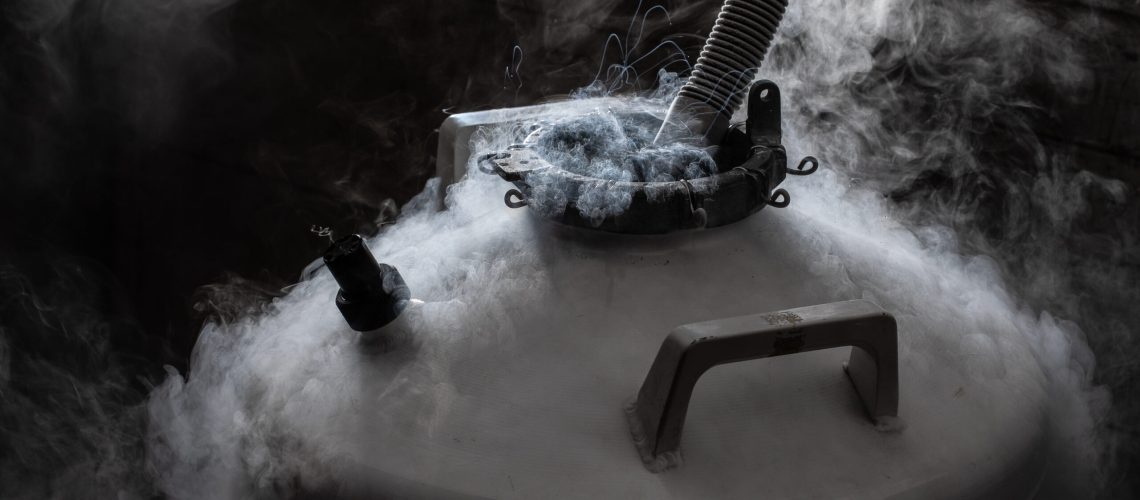The cryogenic and Liquefied Natural Gas (LNG) industries play a crucial role in the modern energy sector, providing efficient, large-scale storage and transport solutions for natural gas. Seals are pivotal components in these applications, ensuring safe and efficient operations. However, the extreme conditions inherent to these industries pose unique challenges. This article explores the critical uses and the significant challenges associated with seals in cryogenic and LNG settings.
Key Uses of Seals in Cryogenic and LNG Industries
1. Containment and Safety In cryogenic applications, including LNG processing and transport, seals are essential for containing gases at extremely low temperatures, often below -150°C. They prevent leaks, which are crucial for safety, environmental protection, and operational efficiency.
2. Efficiency and Performance Seals ensure that systems operate without energy losses. In LNG plants, where gas is cooled, liquefied, stored, and regasified, seals help maintain the necessary low temperatures by preventing heat ingress, thereby enhancing overall process efficiency.
3. Equipment Longevity By preventing the escape of cold gases and avoiding external contamination, seals extend the life of equipment such as valves, flanges, and pipes. This reduces maintenance costs and downtime in cryogenic plants.
Challenges Faced by Cryogenic Seals
1. Material Compatibility One of the primary challenges in cryogenic sealing is material selection. Materials must remain flexible and resilient at extremely low temperatures. Common materials such as certain polymers and elastomers can become brittle and lose their sealing capabilities. Advanced materials like Polytetrafluoroethylene (PTFE) or certain silicone compounds are often used due to their better performance in extreme conditions.
2. Thermal Expansion and Contraction Thermal cycling, involving repeated temperature changes, causes materials to expand and contract, which can lead to mechanical stresses in seals. Over time, this can result in fatigue and failure of the sealing material, compromising the integrity of the seal.
3. Rapid Gas Decompression (RGD) Resistance In LNG processes, rapid pressure changes can occur, especially during emergency shutdowns or accidental depressurizations. Seals must withstand these conditions without cracking or deforming, which requires specialized RGD-resistant materials.
4. Chemical Resistance Cryogenic seals often come into contact with fluids that can be corrosive or reactive. The seals must resist these chemicals in addition to handling low temperatures and high pressures, requiring a careful balance of properties in seal design.
Solutions and Innovations
To address these challenges, the industry has turned to innovative solutions:
- Advanced Material Engineering: The development of new materials and composites specifically designed for cryogenic applications has improved seal performance. These include enhanced PTFE and composite materials that offer superior flexibility, durability, and resistance to RGD.
- Design Improvements: Seal designs have evolved to accommodate the unique challenges of cryogenic applications. This includes features like dual-seal systems and cryogenic testing under simulated service conditions to ensure reliability.
- Regulatory and Standard Compliance: Adhering to international standards and regulations ensures that seals meet safety and performance benchmarks, which is vital for critical applications in the LNG industry.
Conclusion
Seals are indispensable in the cryogenic and LNG industries, tasked with a complex array of responsibilities from safety to efficiency. While the challenges are significant, ongoing advancements in material science and engineering continue to enhance the reliability and performance of these essential components. As the demand for LNG grows globally, the evolution of sealing technology will remain a critical area of focus for industry leaders.

